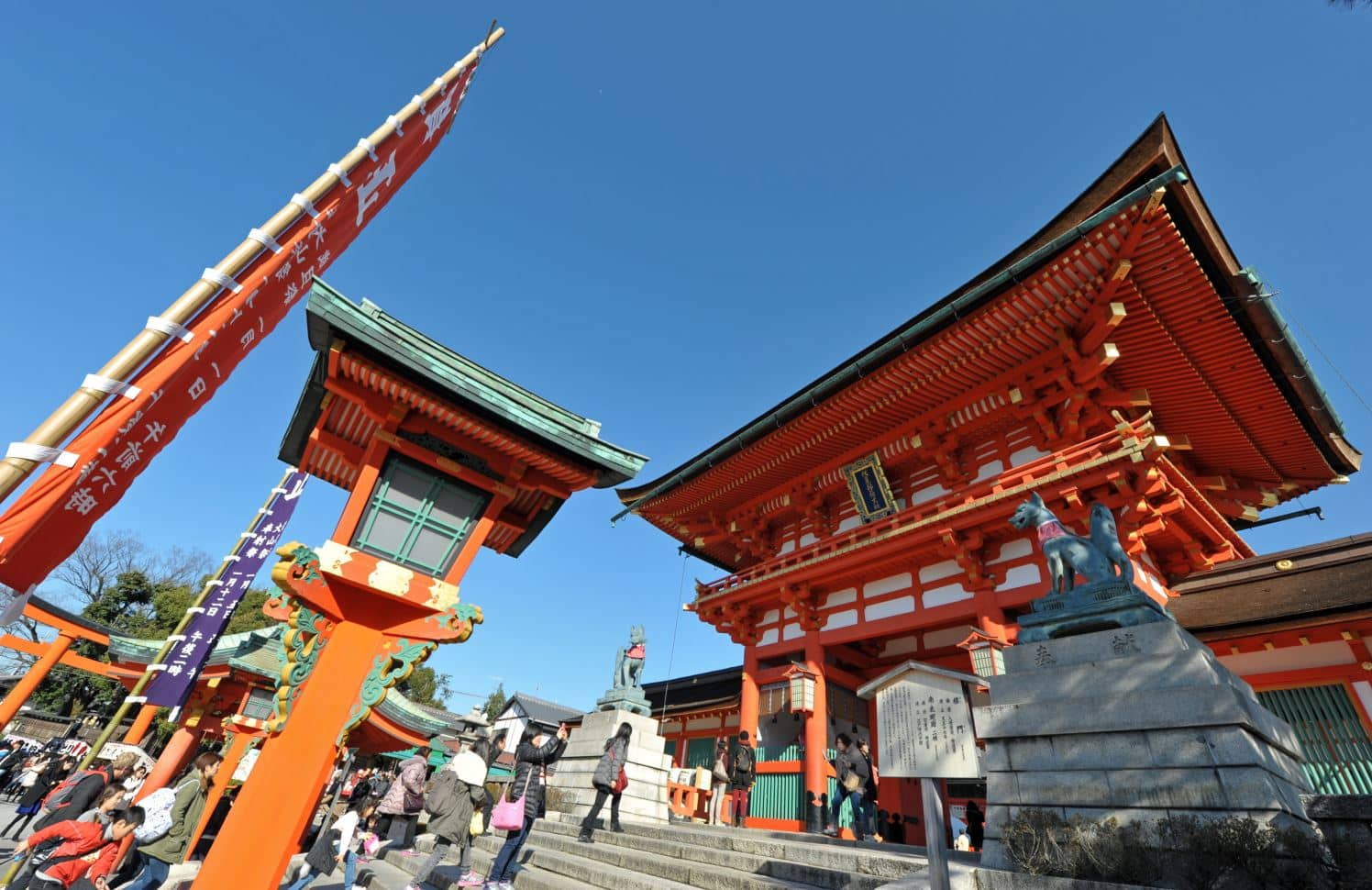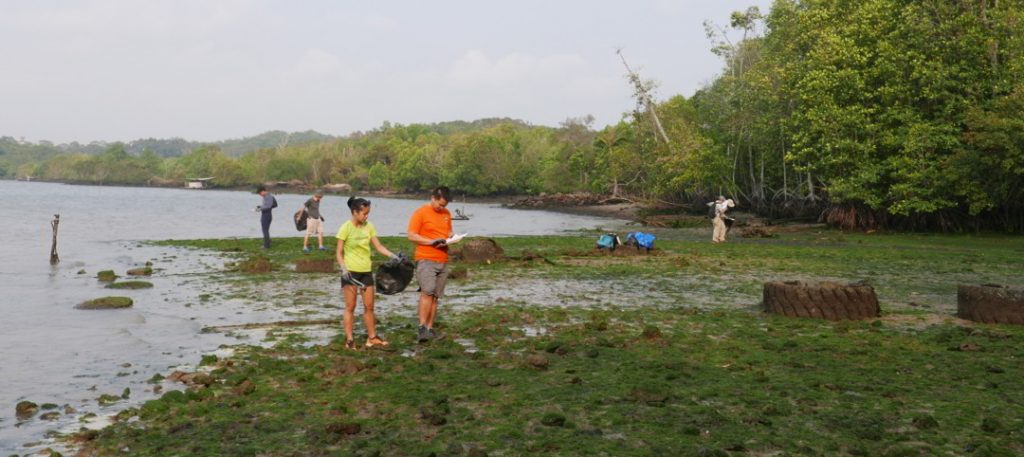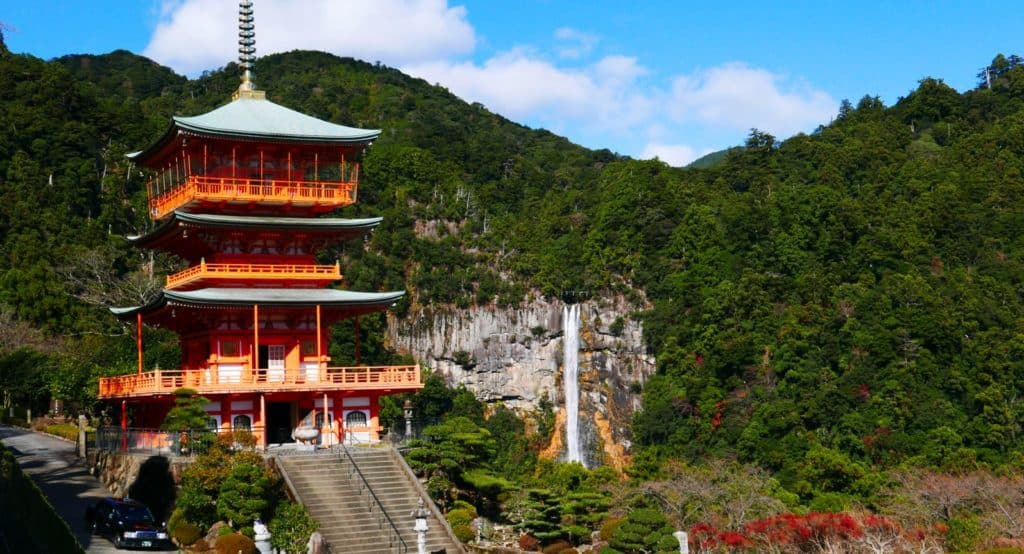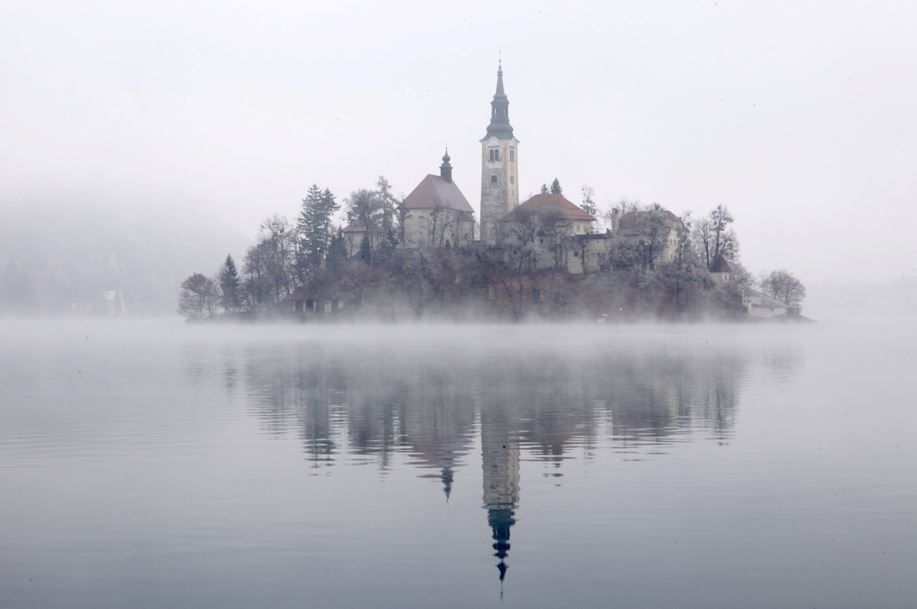After a cold night in Takayama, we drove southwards towards Kyoto where we stayed for 3 nights at Otsu Prince Hotel by the shores of Lake Biwa, the largest freshwater lake in Japan.
Kyoto is a large city with many temples, shrines and other historical attractions built over many centuries. It is good to see that modernization has not destroyed the old charm of Kyoto. There are no jarring skyscrapers marring the landscape of this historic city.
As we had only a few days in Kyoto we had to be selective and visited places that are easily accessible by car. Other than pockets of heavy traffic during peak hours, driving around Kyoto city was relatively easy. With the built-in multi-lingual GPS navigating the narrow streets of Kyoto didn’t present a problem. There were also ample parking lots throughout the city and at the places of interest we visited.
Nijo Castle
Nijo Castle was built in 1603 as the residence of Tokugawa Ieyasu, the first shogun of the Edo Period (1603-1867). His grandson Iemitsu completed the castle’s palace buildings 23 years later and further expanded the castle by adding a five story castle keep.
Having read Shogun, an intriguing novel by James Clavell, in my formative years I was looking forward to walking in the same hallway as Tokugawa so vividly described in the novel. The wooden floors of Nijo Castle squeak even with the lightest step. Known famously as “nightingale floors” they were designed to alert the guards of any intrusion. Even after 500 years the floor still chirps pleasantly like a nightingale.
Inside the palace are several replicas of masterpieces of Japanese art, most notably the painted screens of the main chamber. The originals are kept in a separate museum in the castle grounds.
[slider ids=”1254,1253″ fullwidth=”yes” captions=”yes” ]
Fushimi Inari Taisha Shrine
Fushimi Inari Shrine is perhaps the most recognizable and the most photographed sight in Kyoto. The rich colors of this majestic shrine with thousands of Torii gates lining the vast grounds is a haven for photo bugs.
Not surprisingly this place was crowded, even on a weekday! We arrived early around 9am before bigger throngs of visitors poured in. Most came in tourist buses and some locals were here to pray.
But from a “picture taking” point of view, early morning is not the best time to capture the deep orange hues of the Torii gates and the main shrine. It is better in the late afternoon just before dusk. However, it was interesting to see photographers with cameras of all models and sizes primed in search of the iconic shot.
Further into the shrine’s main grounds is the entrance to the Torii gate-lined hiking trail which leads to the summit of Mount Inari about 233m up. We trekked up midway and had to turn back due to time constraints.
[photogrid ids=”1262,1261,1260,1259,1258,1257,1256″ captions=”yes” columns=”five” fullwidth=”yes” ]
Nishiki Market
Tokyo has Tsukiji while Kyoto has Nishiki. It rhymes but the similarity ends there. Unlike Tsukiji, Nishiki is NOT a wholesale fish market.
The 400-year-old Nishiki market is a long, narrow covered market lined with hundreds of stalls representing the freshest of Kyoto’s culinary offerings.
There are little eateries and shops selling dry goods as well as raw shellfish and grilled squid. It’s the ideal place to find a cheap and good meal, or just to witness the quality and care with which the Japanese treat even the most ordinary, the most humble, objects of life. Like their beautifully lacquered chopsticks. After all, the attention to detail and presentation is, as much as the food itself, what makes this culture fascinating.
[photogrid ids=”1275,1274,1273,1272,1271,1270,1269,1268,1267″ captions=”yes” columns=”six” fullwidth=”yes” ]
Arashimaya Monkey Park
Compared to the Jigokudani Monkey Park, the Arashimaya mountain offers a different perspective on how the Japanese macaques live in a different habitat. Here in the warmer hills, they are less huddled together, more free to roam around, especially the playful infants among the 170 or so macaques in the park. Because of the warmer climate their furs are also less thick.
The 30 minute hike up to the Arashimaya Monkey Park was amply rewarded with a panoramic view of Kyoto in the company of friendly monkeys.
[photogrid ids=”1289,1288,1287,1286,1285,1284,1283,1282,1281,1280″ captions=”yes” columns=”six” fullwidth=”yes” ]
Arashimaya Hanatouro
Arashimaya is a small district 10 km west of Kyoto central comprising historic temples and offers rustic scenery at the foot of Arashimaya mountain.
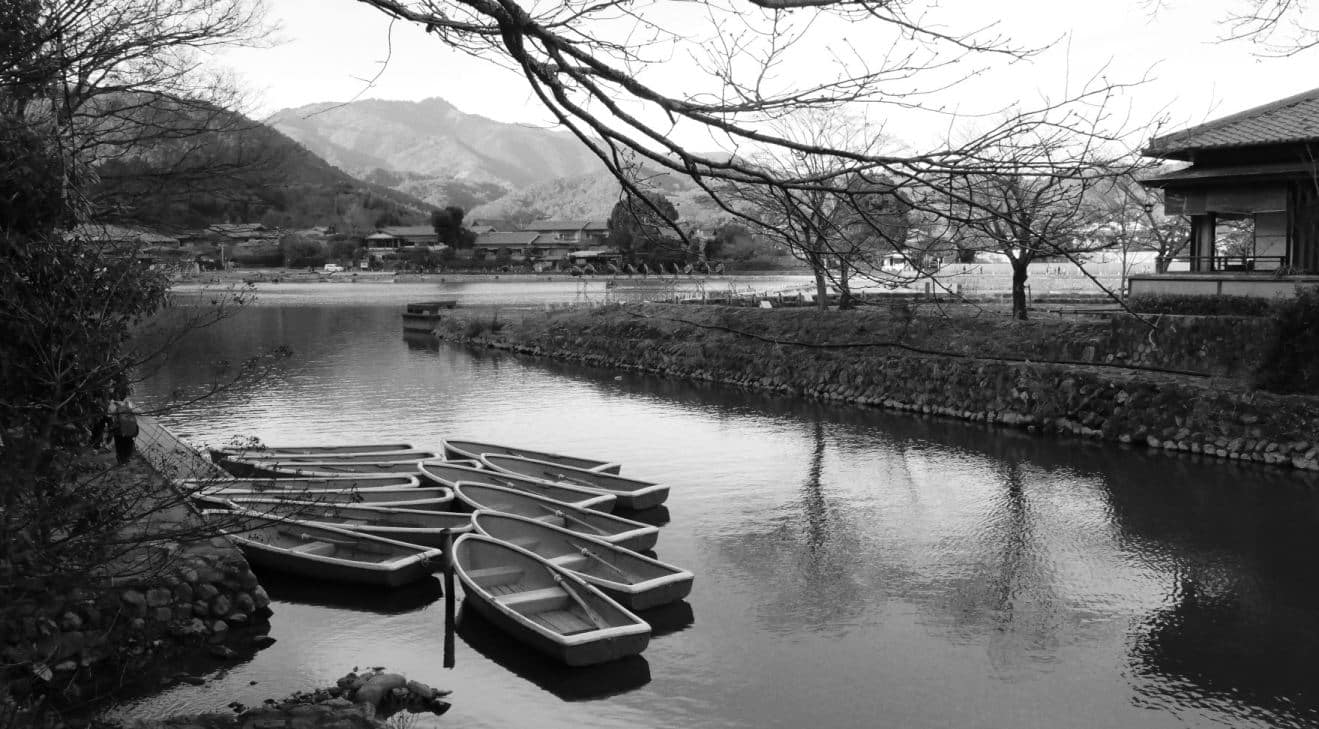
For 10 days in December a lighting up event called Hanatouro is held at Arashimaya. The light-up turned the narrow streets and the city’s attractions like the Togetsu Bridge and Bamboo Grove into a mystic wonderland. The hordes of tourists descending upon this little locale for the festival of lights made it less wonderful though.
[photogrid ids=”1294,1293,1292,1291″ captions=”yes” columns=”four” fullwidth=”yes” ]
Read about our other driving holidays in Japan:
Matsumoto Castle (Dec 2015)
Winter in Shirakawa-Go (Dec 2015)
Jigokudani Snow Monkey Park (Dec 2015)
9-Day Ise-Shima, Shingu, Nara, Kyoto (Dec 2016)
- Dalat | Vietnam Trip Part 3 - May 4, 2023
- Danang, Hoi An, Hue, My Son | Vietnam Trip Part 2 - May 1, 2023
- Ho Chi Minh City, Cu Chi Tunnels & Cao Dai Temple | Vietnam Trip Part 1 - April 30, 2023
